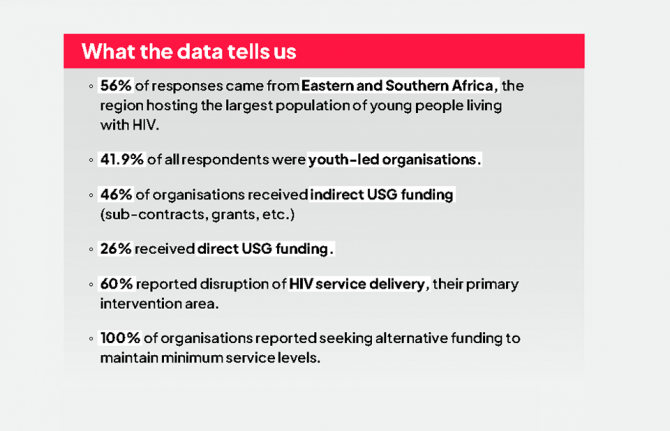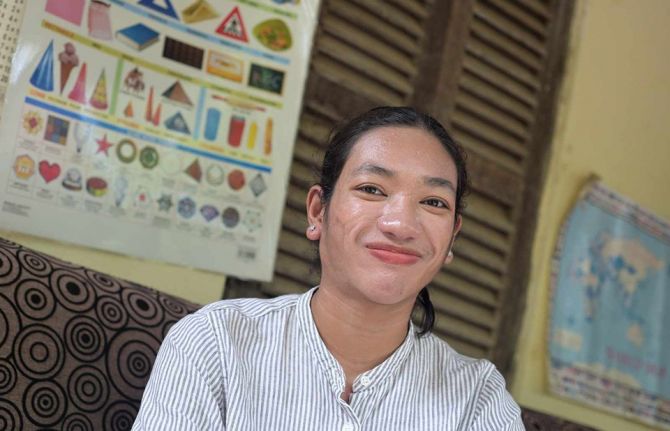
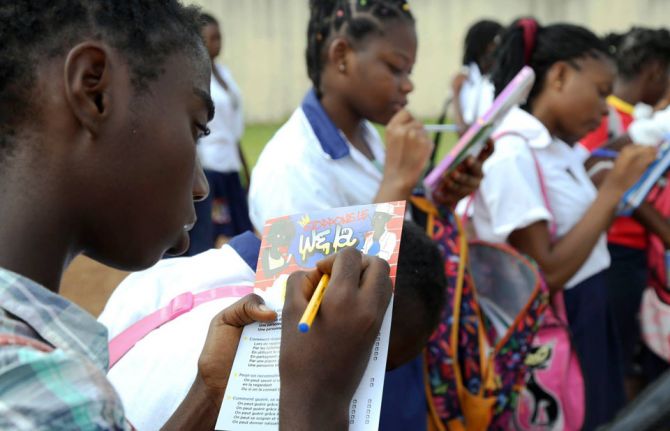
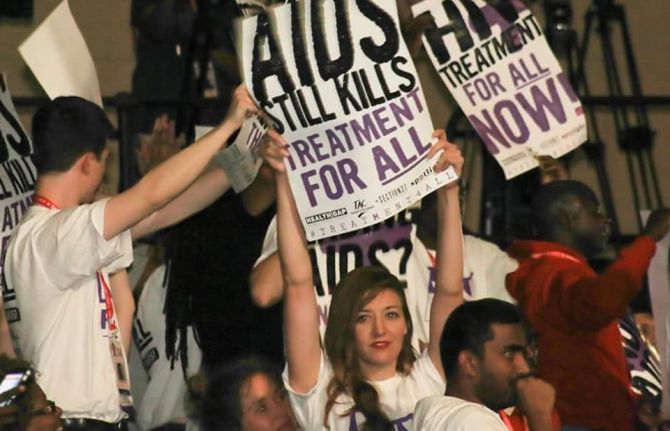
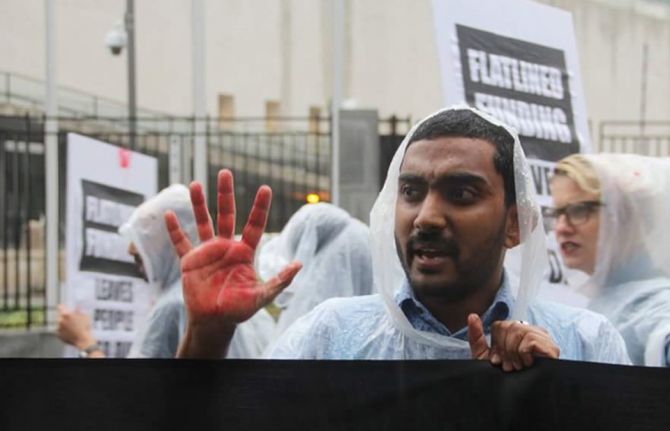
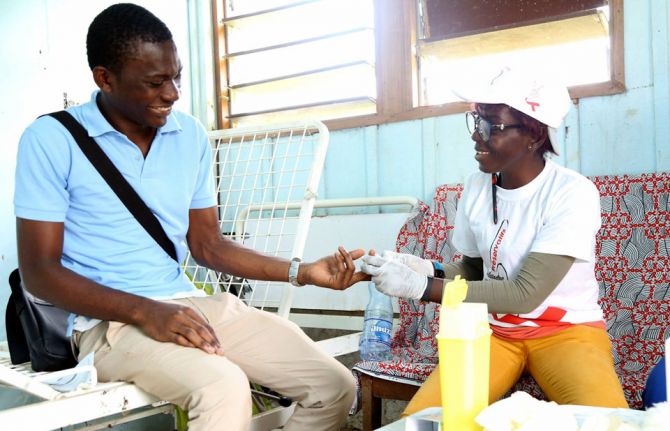
Feature Story
Youth voices count and safe spaces do too
09 August 2018
09 August 2018 09 August 2018A global coalition of more than 80 youth organizations working on HIV (the PACT), and Youth Voices Count (YVC) launched a poll to get a sense of what young people know about sexual reproductive health.
More than half of the 270,000 young people aged 10-24 from 21 countries who responded to the U-Report poll (54% of boys and young men, and 58% of girls and young women) sought HIV and other services at a health centre or clinic in the previous three months. About 36% of young people aged 10-24 who did not seek services reported feeling uncomfortable visiting a health centre or clinic, and more than 28% of young people (both sexes) said they felt scared to seek services.
“Even though we have the most up-to-date tools to end AIDS including ARTs, PeP, PrEP, HIV self-testing, and more, we still experience a huge challenge in ending AIDS among adolescents and young people. The HIV response is not only about pills and testing, it is about creating a friendly space where adolescents and young people feel safe and empowered.”
The poll with support from UNAIDS, UNICEF and UNFPA was complemented by an in-depth survey and interviews led by YVC, which showed that approximately 15% of those who accessed any sexual health services in the past 6 months experienced refusal or mistreatment because of their age, sexual orientation, gender identity or HIV status. And of those who felt mistreated because of their age, 55% identified as gay, bisexual, and 25% identified themselves as living with HIV. Further, 32% of young gay, bisexual men and other young men who have sex with men, and 50% of young transgender people, felt that they had been discriminated against because of their gender identity or sexual orientation. Finally,16% of young people who identified themselves as living with HIV said they had been mistreated because of their HIV status.
“An AIDS-free generation is impossible where exclusion, marginalization, and discrimination have room to flourish and thrive. We can no longer afford to be complacent — these barriers will not be resolved on their own or with the passage of time. Not unless we actively join forces to end them.”
Although healthcare settings should be safe spaces for those receiving care, this is not the case. Policies and attitudes remain barriers to youth-friendly HIV and sexual and reproductive health services. Indeed, 37% of respondents who reported having visited a clinic were not willing to recommend doing so to their peers.
This year’s theme for International Youth Day is Safe Spaces for Youth, highlighting the need of young people for safe spaces to come together, hang out, and participate in decision making processes as well as freely express themselves. This includes in healthcare settings, which should be places of safety and refuge, free from stigma, maltreatment, and violence.
“AIDS is far from over, but it can be if young people are informed, free and able to access services that are safe and responsive to their specific needs.”
Every day, approximately 1600 young people are infected with HIV, while one young person dies of AIDS-related illnesses every 10 minutes. Young women aged 15-24 are particularly affected. In sub-Saharan Africa, young women are twice as likely to be infected with HIV as their male counterparts. And young key populations (including gay men and other men who have sex with men, bisexual people, transgender people, young sex workers and young people who inject drugs) are at a high risk of HIV around the world due to rights violations, discrimination, exclusion, criminalization and violence. Of the young people living with HIV globally, most do not know their status.
Download more slides like this from 2018 Global AIDS Update Miles to Go
Resources
Related
 “Who will protect our young people?”
“Who will protect our young people?”

02 June 2025

